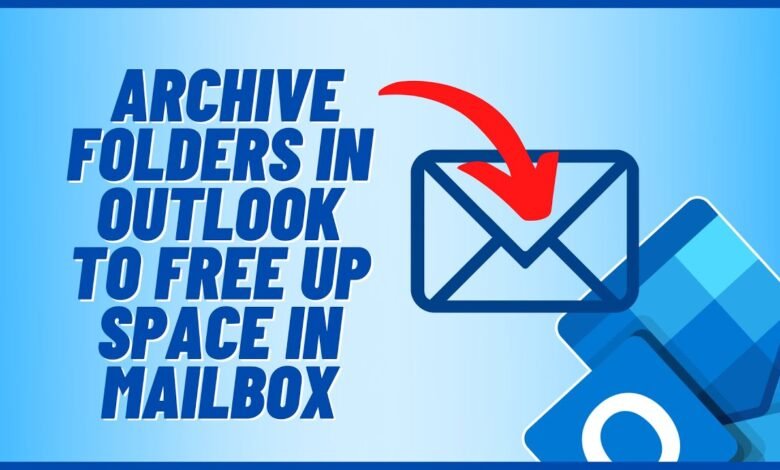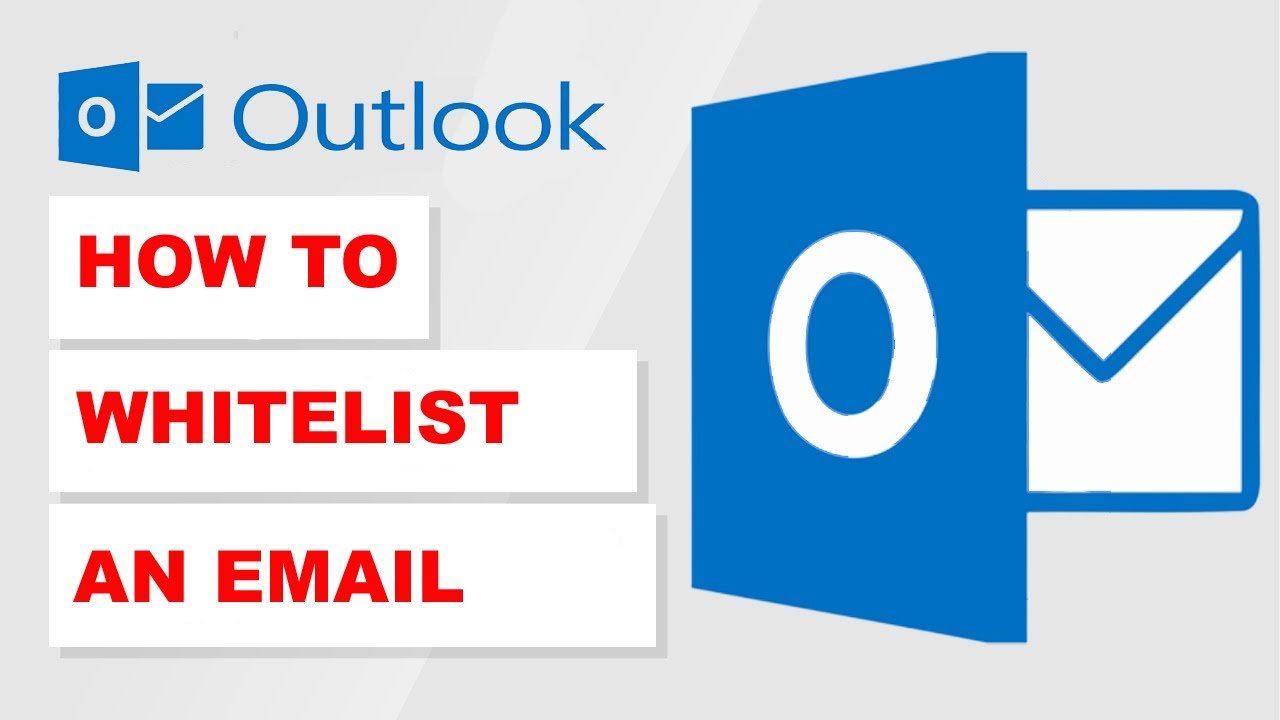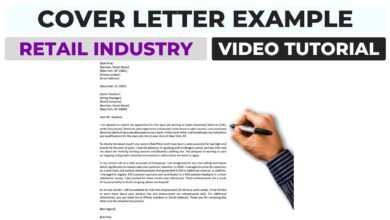
Email correspondence has become second nature to professionals worldwide in our modern, bustling digital landscape. Yet, amidst the flurry of messages, Recall Email Outlook, we’ve all encountered that dreaded moment: the instant realization of sending an email prematurely or containing an error. Fortunately, Microsoft Viewpoint is the hero with its review, allowing clients to cure such bungles under unambiguous conditions. Inside this careful walkthrough, we’ll explore the complexities of withdrawing an email in Standpoint, furnishing you with the information to consistently redress any slips in your advanced correspondence.

Understanding Email Recall
In the intricate realm of digital communication, mastering the art of email recall is paramount. Understanding its nuances empowers users to rectify inadvertent blunders swiftly. Email recall, a feature embedded within platforms like Microsoft Outlook, allows for retracting mistakenly dispatched messages under specific conditions. Grasping the intricacies of this tool unveils a realm of possibilities, offering a safety net in the often unforgiving landscape of electronic correspondence. Delve deeper into its mechanisms to navigate the digital domain with confidence and finesse.
Checking Your Outlook Version
Determining your Outlook version is crucial before attempting any intricate email tasks. Start by launching Outlook and clicking on the “File” tab. From there, navigate to “Office Account” or “About Outlook” to find your version details. Knowing your Outlook version ensures compatibility with various features and functionalities, including the ability to recall emails. For example, one way to handle the situation could be to send a follow-up email or directly address the issue with the intended recipient. Keeping track of your Outlook version ensures smooth navigation and utilization of its tools tailored to your needs.
Configuring Your Outlook Settings

Enabling the Recall Feature
- Unlocking the potential to retract emails can be a game-changer in Outlook. Enabling the recall feature is your first step toward email redemption. By navigating to the “Options” tab, selecting “Mail,” and ensuring the “Automatically process meeting requests and responses” box is checked, you pave the way for seamless email recall.
- This simple yet powerful adjustment empowers you to correct mistakes and maintain professionalism in your digital communications swiftly. Please pay attention to the value of this feature; it could be the difference between a minor oversight and a significant blunder. Additionally, mastering how to create a contact group in Gmail enhances your efficiency in managing email communication, allowing you to streamline message distribution and improve collaboration with your contacts.
Recalling an Email
In the digital realm, sending emails is second nature. Yet, the pang of sending one prematurely or with errors is all too familiar. Thankfully, Outlook offers a lifeline: email recall. You can retract an email with a few clicks, sparing embarrassment or misunderstandings. However, timing is crucial; once the recipient opens, the recall becomes futile. Remember to act swiftly, correct mistakes promptly, and utilize this feature responsibly. In email communication, the ability to undo a sent message is a welcomed safeguard.
Choosing Recall Options
When recalling an email in Outlook, choosing the suitable recall options is crucial. Upon initiating the recall process, users are presented with two choices: “Delete unread copies of this message” or “Delete unread copies and replace them with a new message.”The previous eliminates the email from the beneficiary’s inbox, while the last option considers supplanting the first message with a remedied variant. Cautiously choosing the suitable choice given the circumstance can assist with guaranteeing compelling correspondence and limit likely errors.

Monitoring Recall Status
In the process of email recall within Outlook, it’s crucial to monitor the status of your recall attempts. After initiating the recall process, Outlook provides a tracking mechanism to keep you informed. By exploring the “Following” tab in the first email window, you can check whether the review was fruitful or, on the other hand, assuming any mistakes happened during the cycle. This component guarantees straightforwardness and assists clients with remaining refreshed on advancing their review demands, considering ideal subsequent activities if fundamental.
Understanding Limitations
While the capacity to review messages in Viewpoint can be a lifeline, perceiving its limitations is fundamental. One critical imperative is that review becomes unthinkable once the beneficiary has opened the email. Furthermore, suppose the beneficiary needs to utilize Viewpoint or, conversely, if their letter box isn’t associated with the Trade server. In that case, the review highlight won’t work. Moreover, the review endeavor might fizzle if the email has been moved to an alternate envelope or the beneficiary’s post box is full. Understanding these constraints highlights the significance of twofold browsing messages before sending them and considering elective specialized techniques when fundamental.
Alternative Approaches
When traditional email recall methods fall short, several alternative approaches can help mitigate errors. First, promptly send a follow-up email acknowledging the mistake and providing corrected information. Direct communication with the recipient can also clarify any misunderstandings. Another option involves utilizing Outlook’s “Delay Delivery” feature, allowing time for reconsideration before sending. Additionally, implementing email drafting tools like Grammarly can help catch errors before hitting “send.” Lastly, fostering a culture of transparency and understanding within your professional network can encourage forgiveness for occasional email mishaps. By employing these alternative strategies, managing email mistakes becomes more manageable and less stressful.
Practicing Caution
Rehearsing alert while reviewing messages is fundamental in maintaining proficient respectability and avoiding likely mistaken assumptions. While the element offers a helpful method for redressing botches, gauging the dangers cautiously is fundamental. Continuously look at beneficiaries, connections, and content before hitting send. For example, one way to handle the situation could be to send a follow-up email or to address the issue with the intended recipient directly. Remember that when an email is sent, it’s trying to withdraw it totally, so it is fitting to blunder the alert. You can explore email interchanges with certainty and impressive skills by being careful and proactive.
Conclusion
In summary, becoming capable of email review specialty inside Standpoint can alter how you deal with your advanced collaborations. While the means might seem straightforward, getting a handle on the subtleties and best practices is essential to its viability. It’s critical to recognize that email review is undoubtedly not a safeguard cure; however, it is a crucial resource for correcting and seizing potential mistakes. By remaining watchful, practicing prudence, and being available to elective techniques when required, you can unhesitatingly explore the intricacies of electronic correspondence. Embrace the capacities of Standpoint’s review capability, yet consistently approach it with watchfulness and a proactive outlook.
Additional Resources
For more information on using Outlook’s email recall feature and other helpful tips for managing your inbox, consider exploring Microsoft’s official support documentation or seeking guidance from IT professionals or Outlook experts. For example, one way to handle the situation could be to send a follow-up email or to address the issue with the intended recipient directly.
Microsoft Support Documentation: Explore detailed guides and tutorials provided by Microsoft to learn more about using Outlook’s email recall feature effectively.
Online Forums and Communities: Join online forums and communities dedicated to Outlook users to seek advice, share experiences, and troubleshoot any issues related to email recall.
Training Courses and Webinars: Consider enrolling in training courses or attending webinars offered by IT professionals or organizations specializing in Outlook and email management.
Third-Party Tools and Plugins: Explore third-party tools and plugins designed to enhance Outlook’s functionality, including advanced email recall features and additional customization options.
FAQS
What occurs on the off chance that the review endeavor bombs in Standpoint?
Assuming the review endeavour fizzles, Standpoint will inform you of the fruitless review. The email will stay in the beneficiary's inbox, and they can understand it. It's fundamental to comprehend the constraints of the review and think about elective methodologies if essential.
Does the review highlight Standpoint work if the beneficiary utilizes an alternate email client?
The email review highlight in Standpoint may work, assuming both the shipper and beneficiary utilize Viewpoint and are associated with a similar Trade server. If the beneficiary proposes an alternate email client or isn't related to the Trade server, the review endeavour won't succeed.
At any point, I should review an email in Standpoint, assuming it contains connections?
Indeed, you can review an email in Viewpoint regardless of whether it contains connections. Notwithstanding, it's critical to note that the connections will be eliminated, assuming you place the email. You can resend the email with amended connections after reviewing it.
Is there a time limit for recalling emails in Outlook?
There is no specific time limit for recalling emails in Outlook. However, initiating the recall process immediately after sending the email is essential. The likelihood of a successful recall decreases as more time elapses and the recipient has had a chance to read the email.








